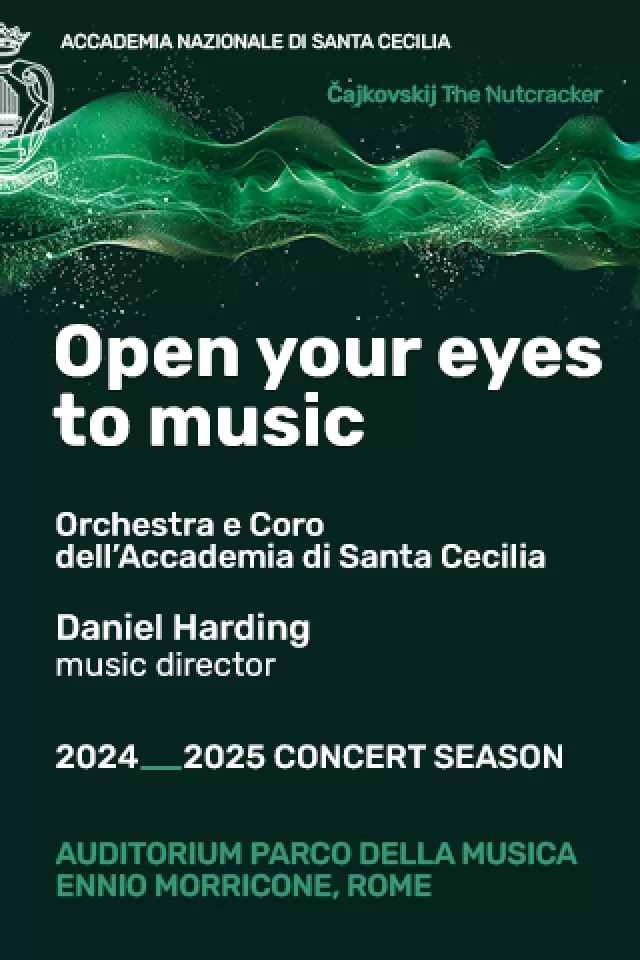The rebirth of the Esquilino
"The Esquilino neighbourhood conquered by the Chinese" ran the title of a recent article in the Rome section of "Corriere della Sera" reporting a monitoring project of the area. The results were surprising. Of about 500 shops located between Piazza Fanti and Piazza Vittorio Emanuele II, 430 are managed by Chinese. The investigators discovered that in order to entice the mostly Italian owners to leave the premises, the Chinese are often ready to pay two or three times the shops market value, straight up, and in cash. The "invasion" of the area, the article continued, has been peaceful. For the most part the shops have all the necessary authorisations, and the over 10,000 Chinese immigrants who work there have fully valid residence permits.
The Esquilino, which lies between the Colle Oppio and Termini train station, has become Romes foremost multi-ethnic neighbourhood. In its portico-lined main square, Piazza Vittorio Emanuele II (or Piazza Vittorio as it is usually known), as well as along its long boulevards, lined with imposing if sometimes rundown turn-of-the 20th-century palazzi, business is thriving. Asian and Middle-Eastern import-export stores selling a bit of everything clothes, swimwear, shoes, sunglasses, cosmetics, bags and jewellery compete for space with restaurants serving Korean, Chinese and Indian cuisine, cut-price telephone call-centres and shops selling imported beans, sauces and vegetables from north Africa and the Philippines.
The Esquilino used to be a well-heeled new neighbourhood in the early 1900s, before suffering decades of decline at the end of the century. Things are changing. First the immigrants moved in, taking over boarded-up shops and premises. Then in the last few years, the Rome city council began its much talked-about cleanup and restoration project designed to give the Esquilino a new lease of life. The sprawling outdoor market in Piazza Vittorio was moved to newly restored former barracks off Via G. Pepe; the park in the centre of the square was revamped; the art nouveau Ambra Jovinelli theatre was restored; and a large modern luxury hotel, the ES, opened on an otherwise uninviting section of Via Giolitti. Some work, such as the renovation of parts of Piazza Vittorio, and the repaving and reorganisation of the traffic and tram lines, is still going on. Many artists have moved into the area too, and have started to feature the Esquilino in their work. In the recent film "Mi piace lavorare" by director Francesca Comencini, the main character lives in Piazza Vittorio and the porticoes are filled with kindly souls from all parts of the world.
However this is, to some extent, where the good news ends. The Esquilino is a bona fide multicultural district containing many architectural gems, but it is also an area rife with problems. As well as the tensions with the existing Italian residents, the immigrant communities are all struggling to get along. One resident who has lived in the area for over 40 years puts it this way: "There are no other foreign communities here, just the Chinese. There are other communities but they dont live here, they only work here, in the segment of the neighbourhood assigned to them." How they are assigned, and by whom, he declined to say, the implication being that the allocation is not random. At a recent demonstration residents lamented that the multi-ethnic project for the neighbourhood had failed since the Chinese community has excluded both Italians and all the other foreign communities from running any sort of activities there. "They just inaugurated another Chinese wholesale shop here the other day," said one of the demonstrators. This despite new regional rules to regulate the wholesale trade, and city ones to prevent commercial premises from changing their type of trade.
Indeed, of the many difficulties the area faces, the one most long-time Rome residents and associations in the area decry is the rampant "commercial desertification of the area". The ambitions of groups such as the Comitato di Difesa Esquilino-Monti are manifold, but their main grievance is that hundreds of traditional shops have disappeared and been replaced by shops selling chinoiserie. Parts of the Esquilino do indeed suffer from a dearth of shops providing essential goods and services. A resident who has lived there since birth says: "You just need to take a short walk to see that where there was a bakery there is now a Chinese shop selling underwear, where there was a hardware store there is another Chinese boutique selling nightdresses." An amble down Via Turati, Via Principe Amedeo and even parts of Piazza Vittorio, reveals that behind almost every door or shopfront is a long, narrow, neon-lit space kept scrupulously clean, with a counter behind which the Chinese shopkeeper sits. On the plain wall racks hang row upon row of cheap, casual clothing, nightwear and tracksuits. These shops are the first to open in the morning, the last to close at night, but they are almost always empty, leading some people to ask if maybe they are a cover-up for other activities. As the same resident says: "This question should be asked of the highest city council officials who manage public security." Trying to ask the Chinese shopkeepers what they think of such insinuations results in little more than a shaken head, a startled look and pursed lips. Yet it may be that there is nothing more going on here than healthy free trade, in some cases with Italian clients.
A walk down Via Bixio past one of the areas largest primary schools at school-leaving time is a heartening experience, and one that may represent the districts most hopeful scenario for the future. Kids of all colours and backgrounds stream out screaming, many hand-in-hand and clearly good friends. As they reluctantly say goodbye and start the walk home with their Senegalese, Chinese and Pakistani mothers they carry on talking a mile a minute, in Italian. So integration, though complex, is perhaps only a matter of time.





















